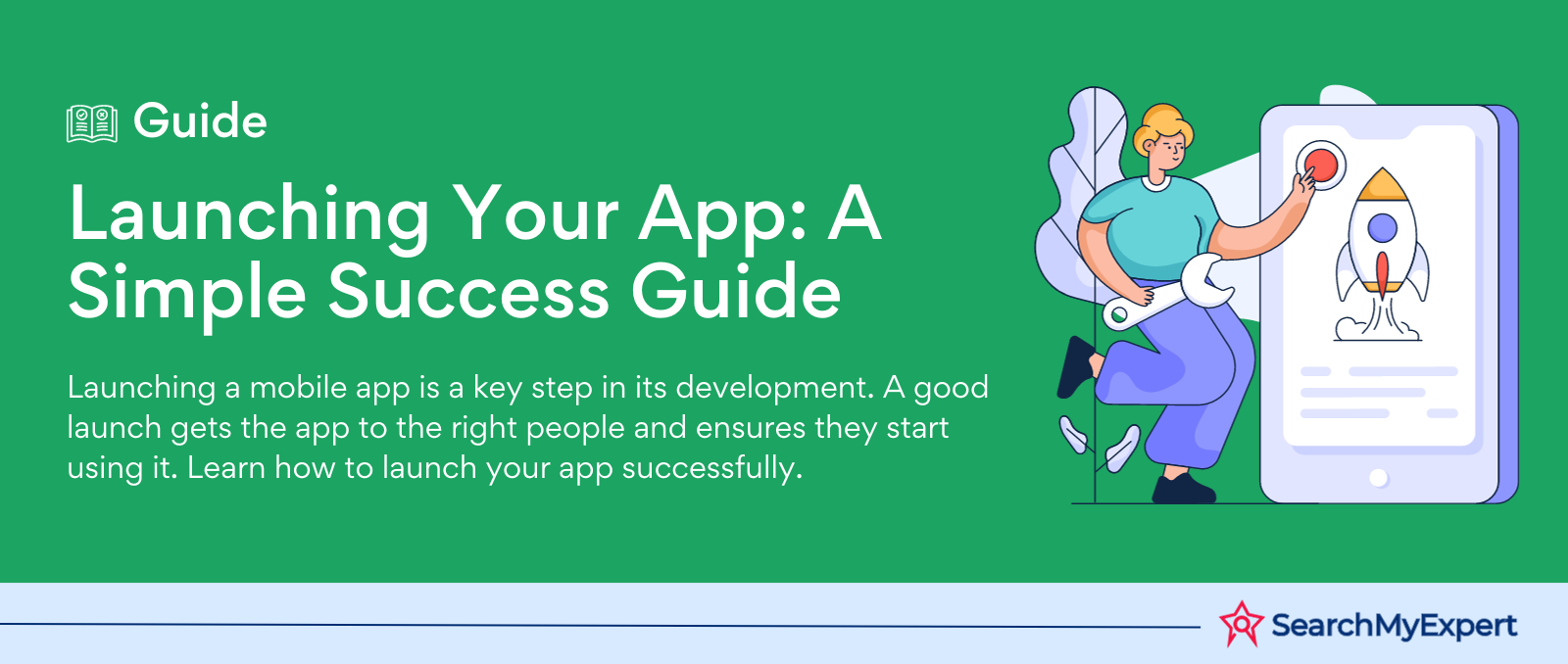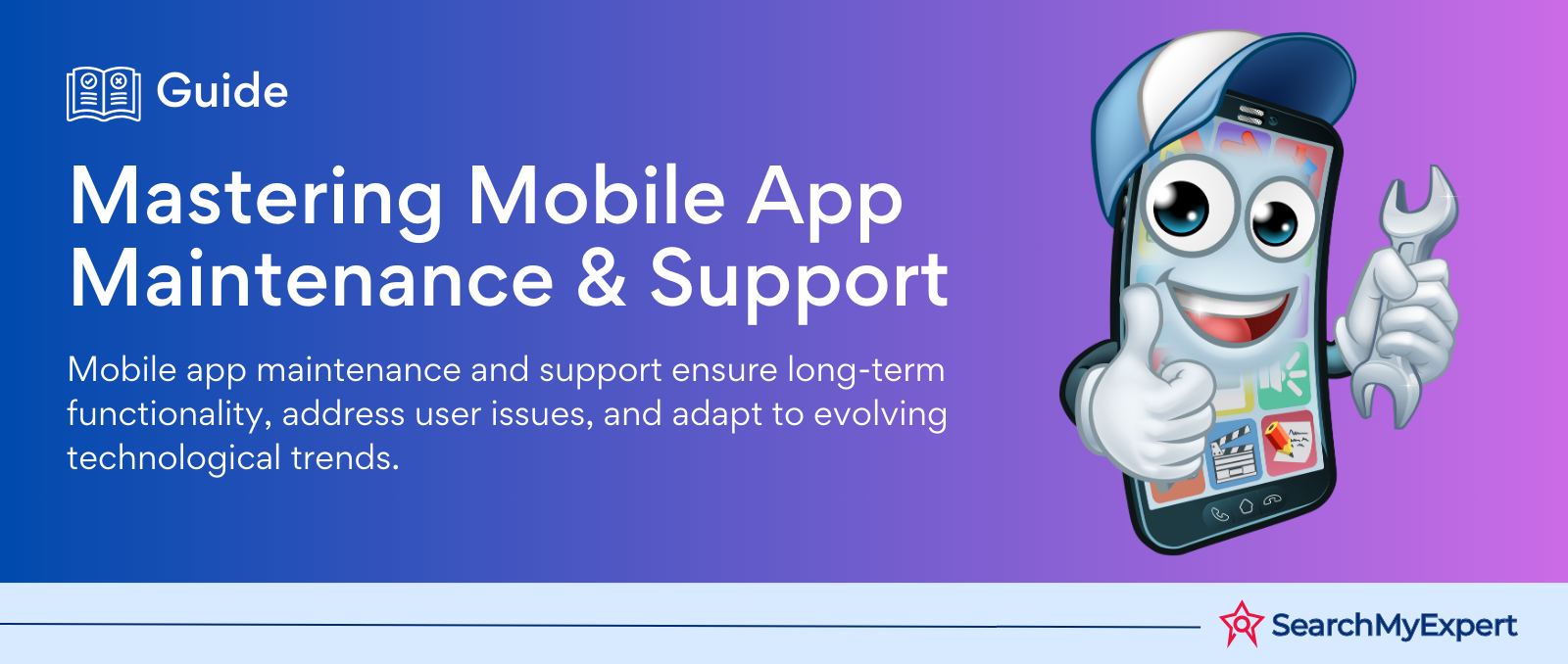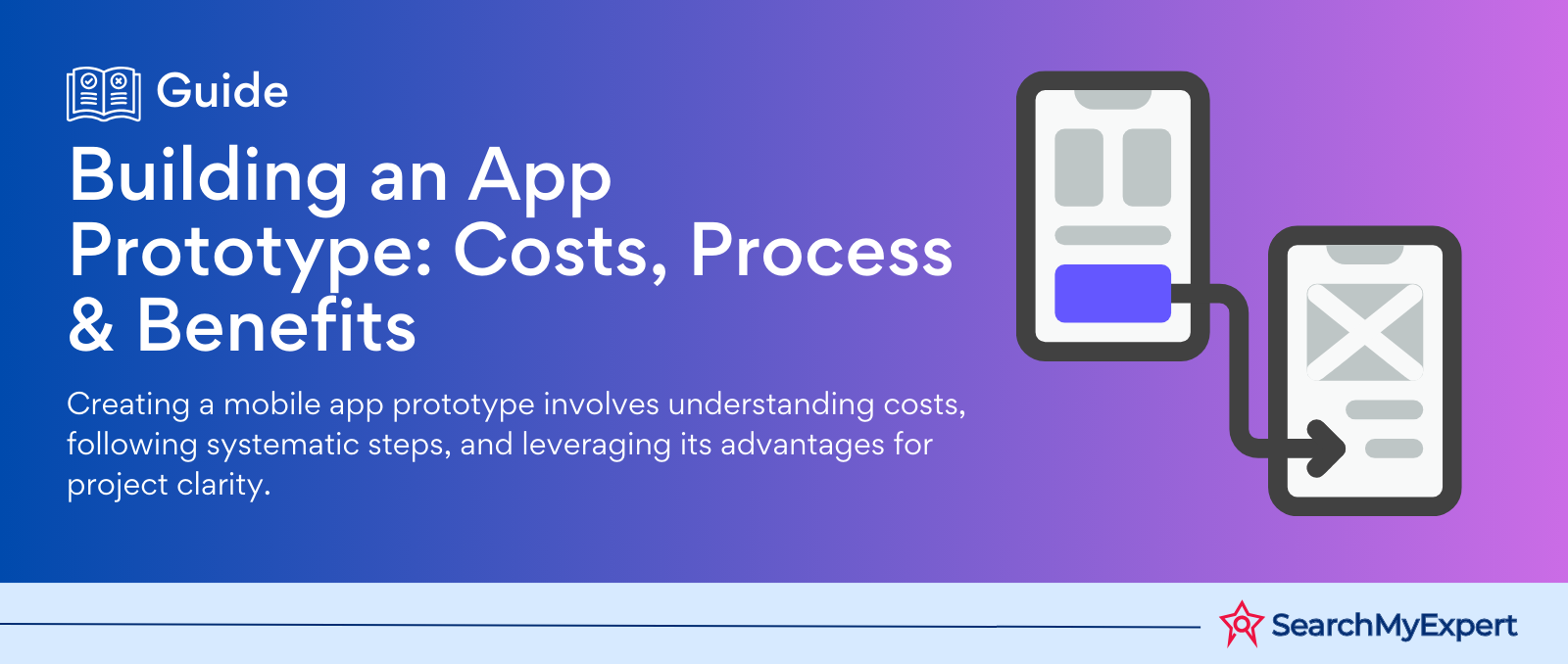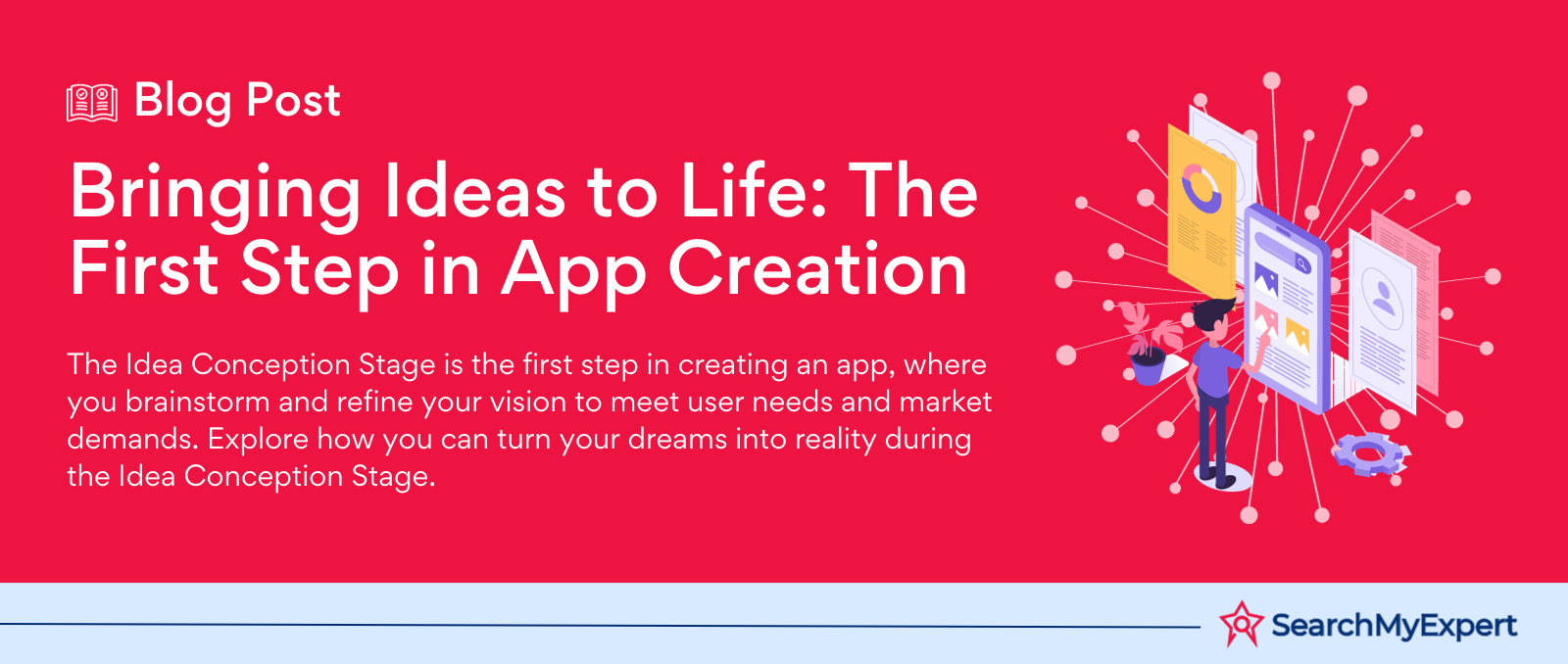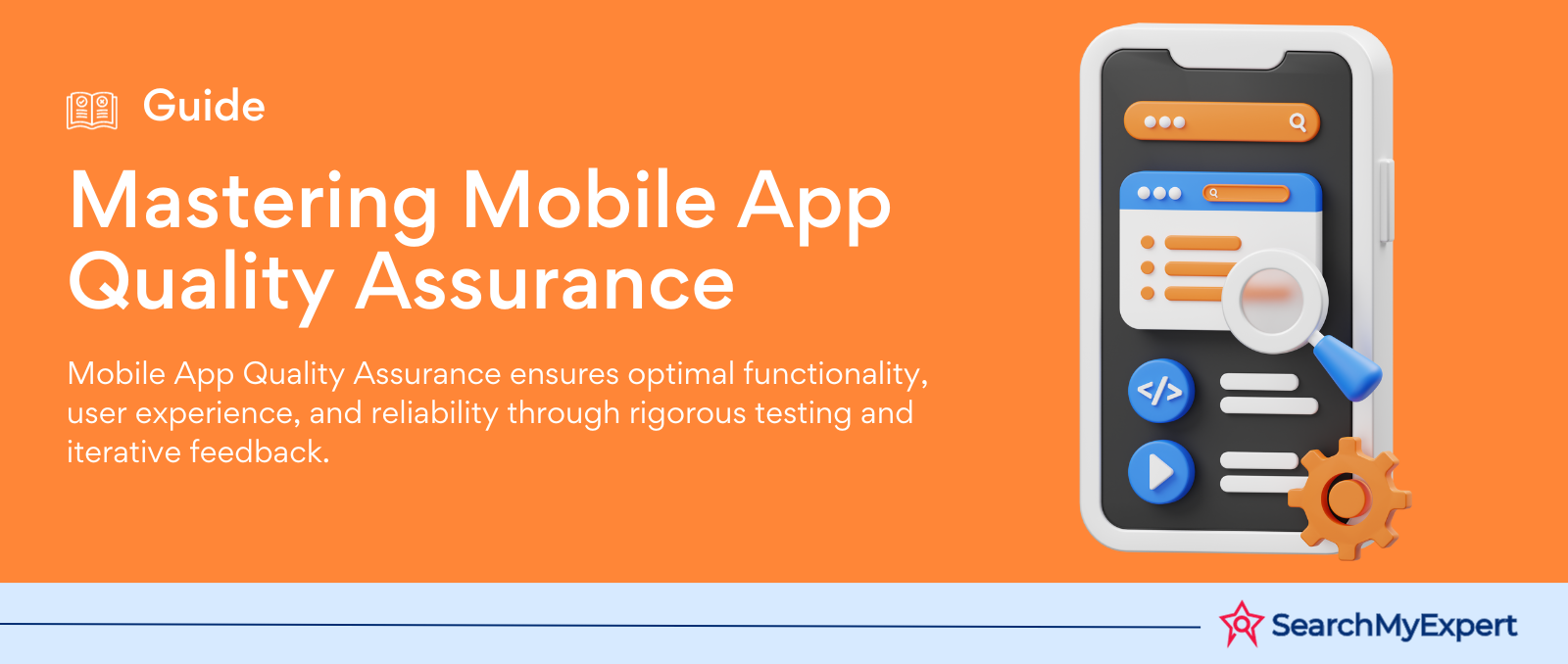Hey there, awesome visitor! 👋 Our website is currently undergoing some nifty upgrades to serve you even better. But don't worry, we'll be back before you can say "SearchMyExpert rocks!"

API development is an indispensable component in the realm of software engineering and mobile applications. It plays a crucial role in fostering seamless interactions between various software applications, thereby enhancing their overall functionality. In this comprehensive guide, we aim to delve deep into the nuances of API development, shedding light on its significance, workings, and the best practices involved.
Understanding the Essence of API
API, or Application Programming Interface, is a collection of protocols and tools that allows different software entities to communicate with each other. Essentially, it permits an application to access the features or data of another application, service, or platform.
Imagine utilizing a third-party application to log into a website; the process is facilitated by an API. APIs make it possible for applications to share data without developers having to understand the inner workings of the applications they're interfacing with.
Key Terminologies in API Development
Before diving deeper, it's pivotal to familiarize oneself with some fundamental terminologies associated with API development:
- API Key: An authorized code passed into an API request to authenticate the requester.
- Endpoint: One end of the communication channel when an API interacts with another system.
- JSON: A widely-used data format for API request parameters and response body.
- GET & POST: HTTP methods used by RESTful APIs to obtain and create resources, respectively.
- OAuth: An open standard authorization framework that provides access without directly sharing credentials.
- REST: An architectural style that enhances the efficiency of communication between devices or systems. Systems using this architecture are termed 'RESTful'.
- SOAP: A protocol used for exchanging structured information in web services. It leverages XML and operates with other application layer protocols.
The Intricacies of API Functionality
Consider a scenario where you're using a travel booking platform to reserve a hotel room. Upon entering your preferences and hitting search, a wide number of options appear instantaneously. This rapid data retrieval is done by APIs. The platform sends a request to the hotel databases via an API, retrieves the relevant data, and then displays it to the user.
APIs primarily operate using two methodologies: REST and SOAP. While both are effective, the modern inclination is towards REST due to its lightweight nature and independence from platforms.
Essential Tools for Masterful API Development
The API development landscape is replete with an array of tools, each serving a distinct purpose:
- Apigee: A Google-backed API management tool facilitating digital transformation via an API-centric approach.
- API Science: Primarily used for gauging the performance of both internal and external APIs.
- Postman: An API toolchain assisting developers in running, testing, and documenting their APIs.
- Swagger: An open-source framework embraced by industry behemoths for API development.
Characteristics of an Efficient API
A high-performance API is characterized by:
- Paging: Capability to determine the volume of data to display.
- Sorting: Empowering users to organize data based on modification time or other criteria.
- JSON Support/REST: Making the API RESTful enhances its efficiency and versatility.
- OAuth Authorization: Quick and secure user authentication.
Best Practices for Optimal API Development
- Use Throttling: An effective measure to redirect traffic, safeguard against DoS attacks, and maintain the stability of the API.
- Prioritize API Gateway: Enforce security measures at the API gateway level to ensure only authenticated users access the data.
- Evaluate and Monitor: Regularly assess the API's performance and infrastructure for potential issues.
- Prioritize Security: Ensure a balance between stringent security and user-friendliness.
- Comprehensive Documentation: Detailed API documentation simplifies the development process and enhances efficiency.
Estimating API Development Costs
A ballpark estimate for developing a basic API hovers around $20,000. This encompasses the services of a seasoned API developer affiliated with a renowned API development firm.
API Security: Safeguarding Data and Services
In today's digital era, where data breaches and cyber-attacks are increasingly prevalent, the security of APIs cannot be overstated. Ensuring that your API is secure is not merely a best practice; it's an imperative.
Authentication and Authorization
At the heart of API security lies the twin pillars of authentication and authorization.
- Authentication verifies the identity of the user or system making the request. It ensures that the entity accessing the API is who they claim to be. Common methods include API keys, JWT (JSON Web Tokens), and HMAC (Hash-based Message Authentication Code).
- Authorization, on the other hand, determines what the authenticated user or system is allowed to do. It ensures that they only access the data or services they are permitted to.
Encryption: Shielding Data in Transit and at Rest
To protect sensitive data from prying eyes, encryption is essential.
- Data in Transit: As data moves between the client and the server, it should be encrypted using protocols like TLS (Transport Layer Security) to ensure it cannot be intercepted and read.
- Data at Rest: Once data reaches its destination and is stored, it should again be encrypted, ensuring that even if unauthorized access occurs, the data remains unintelligible.
Regular Security Audits and Penetration Testing
Conducting regular security audits can help identify vulnerabilities before they can be exploited. Penetration testing, wherein ethical hackers attempt to breach the system, can offer invaluable insights into potential security flaws. Tools like OWASP ZAP and Nessus can aid in this endeavor.
Input Validation: Guarding Against Injections
One of the most common attack vectors is injecting malicious code or data. By rigorously validating and sanitizing all inputs, APIs can defend against SQL injections, script injections, and other such threats.
Monitoring and Logging: Staying Alert to Threats
Real-time monitoring of API activity can help in detecting and mitigating threats as they occur. Maintaining detailed logs assists in post-incident analysis, helping understand the nature of the attack and fortifying defenses against future threats.
Rate Limiting and DDOS Protection
We've already touched upon rate limiting in the context of performance. However, it also serves a security function. By limiting the number of requests from a single source, APIs can defend against Distributed Denial of Service (DDOS) attacks, where attackers flood the API with requests, aiming to bring it down.
The Future of API Development: Trends to Watch
As we look to the horizon, several emerging trends are set to shape the future of API development:
- GraphQL: Moving beyond REST, GraphQL allows clients to request only the data they need, potentially reducing the amount of data transferred and enhancing performance.
- gRPC: Developed by Google, gRPC is a high-performance, open-source framework that uses HTTP/2 for transport and Protocol Buffers as its interface description language.
- Serverless Architectures: As cloud computing evolves, serverless architectures, which eliminate the need to manage server infrastructure, are gaining traction. This can simplify API deployment and scaling.
- APIs for Machine Learning and AI: As AI and machine learning continue their meteoric rise, APIs tailored to harness these technologies will become increasingly prevalent.
Chart Showing API Software Development
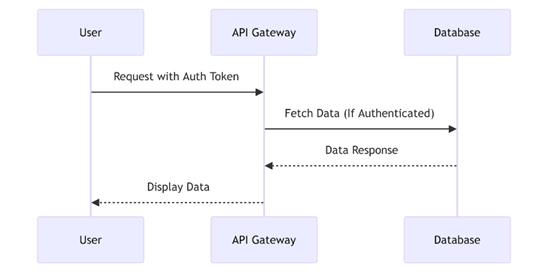
Enhancing API Usability
With the rapid advancement of technology, APIs have become a critical component in modern software development. But as developers race to create more sophisticated APIs, the importance of user-friendliness and accessibility often gets overlooked. Ensuring that an API is not just functional but also user-friendly can be the distinguishing factor that sets it apart.
Understand Your Audience
To create a user-friendly API, it's essential to first understand who will be using it. Whether it's third-party developers, partners, or internal teams, understanding their needs and level of expertise is crucial.
Keep It Simple
While it's tempting to add numerous features and functionalities, a straightforward and intuitive design often trumps complexity. An API should be designed to handle complex tasks, but its interface should be as simple and intuitive as possible.
Provide Clear Documentation
No matter how intuitive an API is, without clear documentation, users will struggle. Comprehensive documentation should cover:
- Setup and Installation: A step-by-step guide on getting started.
- Methods and Endpoints: Detailed explanations of what each method does.
- Examples: Real-world examples showing how to use the API in various scenarios.
- Troubleshooting: Common issues users might face and how to resolve them.
Offer Interactive Tools
Tools like API playgrounds or sandboxes allow users to experiment and test the API in a controlled environment. This not only helps them understand the API's capabilities but also builds confidence in its functionality.
Prioritize Feedback
User feedback is invaluable. By actively seeking and prioritizing user feedback, developers can continually refine and improve the API. Whether through surveys, forums, or direct interactions, understanding and addressing user concerns is key to enhancing usability.
Ensure Backward Compatibility
As the API evolves, it's vital to ensure that changes don't break existing implementations. Maintaining backward compatibility means that even as new features are added, older versions of the API remain functional.
Standardize Error Messages
Errors are inevitable, but how they're communicated can make a significant difference. Error messages should be clear, concise, and, most importantly, helpful. Instead of cryptic codes, offer straightforward explanations and possible solutions.
Monitor and Optimize Performance
A slow or unreliable API can be a significant pain point for users. Regularly monitoring its performance, identifying bottlenecks, and optimizing accordingly ensures users have a smooth experience.
Building Trust in API Integration
In the vast realm of digital integration, APIs are the linchpins that hold systems together. As businesses become more reliant on these interfaces, the question of trust becomes paramount. How can users and developers have confidence in the reliability, security, and efficiency of an API?
Transparency in Development
An open approach to the development process can foster trust. When users have access to the roadmap, development logs, and even source code (in the case of open-source projects), they can better understand the workings of the API. This transparency can alleviate concerns and clarify the intentions behind specific design choices.
Rigorous Testing Protocols
Reliability is a cornerstone of trust. Regular and comprehensive testing ensures that the API performs consistently under various conditions. This includes:
- Unit Testing: Checking individual components for correct functionality.
- Integration Testing: Ensuring different parts work together seamlessly.
- Load Testing: Assessing performance under high demand.
- Security Testing: Identifying vulnerabilities to potential threats.
User-Centric Error Reporting
Errors are inevitable in any system. However, the manner in which they're reported can make a difference in user trust. Clear, actionable, and user-friendly error messages not only help in swift problem resolution but also assure users that the system is aware and responsive to issues.
Robust Data Protection
As data breaches become increasingly common, the protection of user data is a top concern. Implementing advanced encryption techniques, secure data storage practices, and transparent data handling policies can assure users that their data is in safe hands.
Continuous Engagement and Communication
Regular engagement with the user community can foster a sense of belonging and trust. This can be achieved through:
- Webinars and Workshops: Interactive sessions to discuss features, gather feedback, and offer training.
- Newsletters: Regular updates on enhancements, changes, and best practices.
- Feedback Portals: Platforms where users can share their experiences, concerns, and suggestions.
API Versioning
As the API evolves, changes can disrupt existing implementations. Proper versioning ensures that updates don't inadvertently break applications that rely on older versions of the API. By providing clear migration paths and supporting older versions for a reasonable period, developers can build trust with their user base.
Comprehensive Documentation
Detailed and organized documentation serves as a reliable reference for users. It should be updated regularly to reflect changes and should be easy to navigate, offering users the information they need without unnecessary complexity.
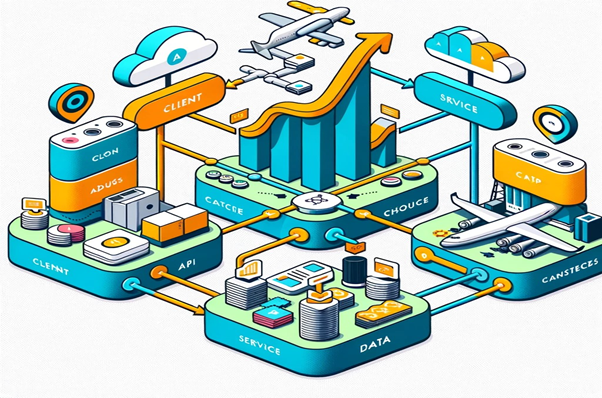
In Conclusion
Trust in API integration is not just about technical reliability; it's about building a relationship with the user community. By prioritizing transparency, security, and consistent performance, API developers can ensure that their interfaces are not just tools but trusted partners in the digital landscape. As technology continues to evolve, maintaining this trust will be crucial in fostering lasting and beneficial relationships with users.
Unlock Potential! Navigate to the best Software Development Companies today.
Other Related Blogs
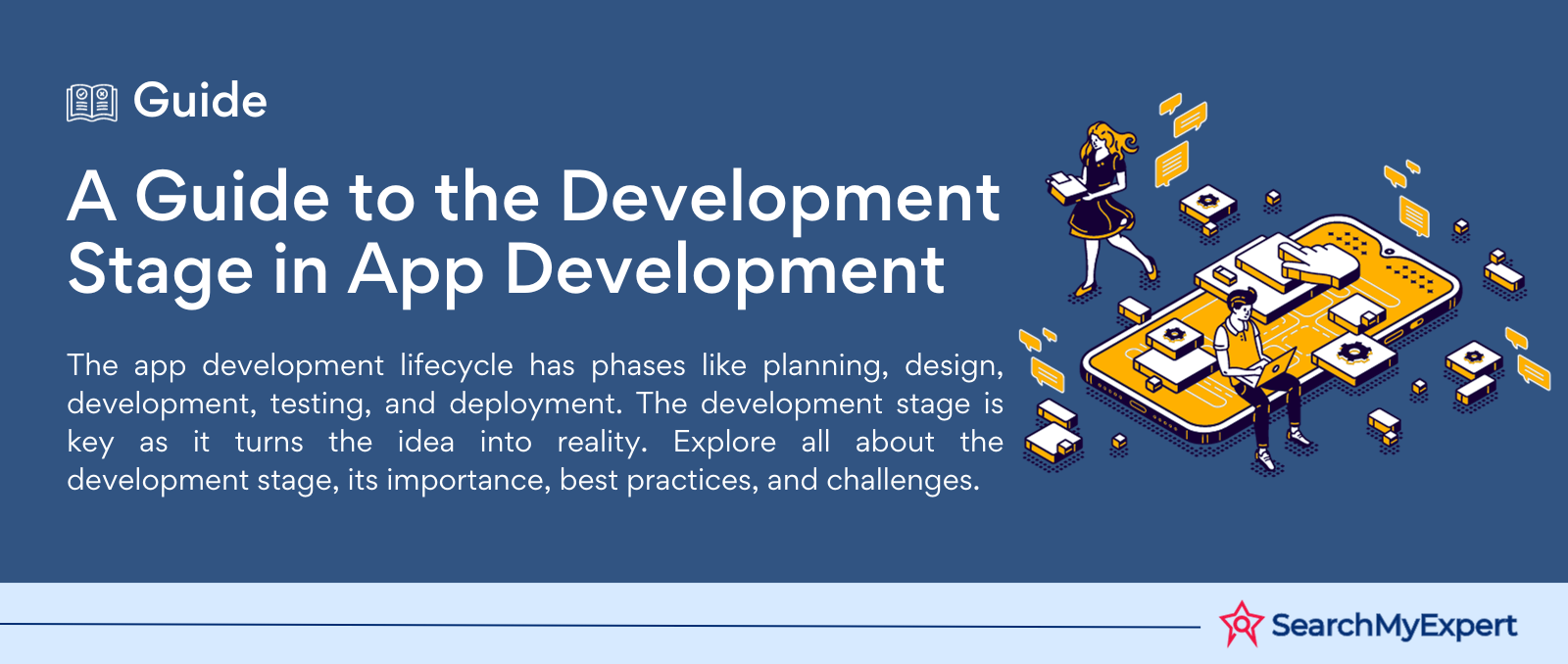

Mastering Docker for App Development: A Comprehensive Guide to Benefits, Use-Cases, and Alternatives

STAY UP TO DATE
GET PATH'S LATEST
Receive bi-weekly updates from the SME, and get a heads up on upcoming events.
Contact Us
We will get back to you as soon as possible.
Please try again later.


Find The Right Agencies
SearchMyExpert is a B2B Marketplace for finding agencies. We help you to describe your needs, meet verified agencies, and hire the best one.
Get In Touch
WZ-113, 1st Floor, Opp. Metro Pillar No- 483, Subhash Nagar - New Delhi 110018
About Us
For Agencies
Benefits Of Listing With Us
Submit An Agency
Agency Selection Criteria
Sponsorship
For Businesses
Agencies Categories
Trends Articles
FAQs
Find The Right Agencies
SearchMyExpert is a B2B Marketplace for finding agencies. We help you to describe your needs, meet verified agencies, and hire the best one.
About Us
For Agencies
List Your Agency
Benefits Of Listing
Agency Selection Criteria
Sponsorship
Get In Touch
WZ-113, 1st Floor, Opp. Metro Pillar No- 483, Subhash Nagar - New Delhi 110018
contact@searchmyexpert.com
Copyright © 2023 · Skillpod Private Limited · All Rights Reserved - Terms of Use - Privacy Policy


